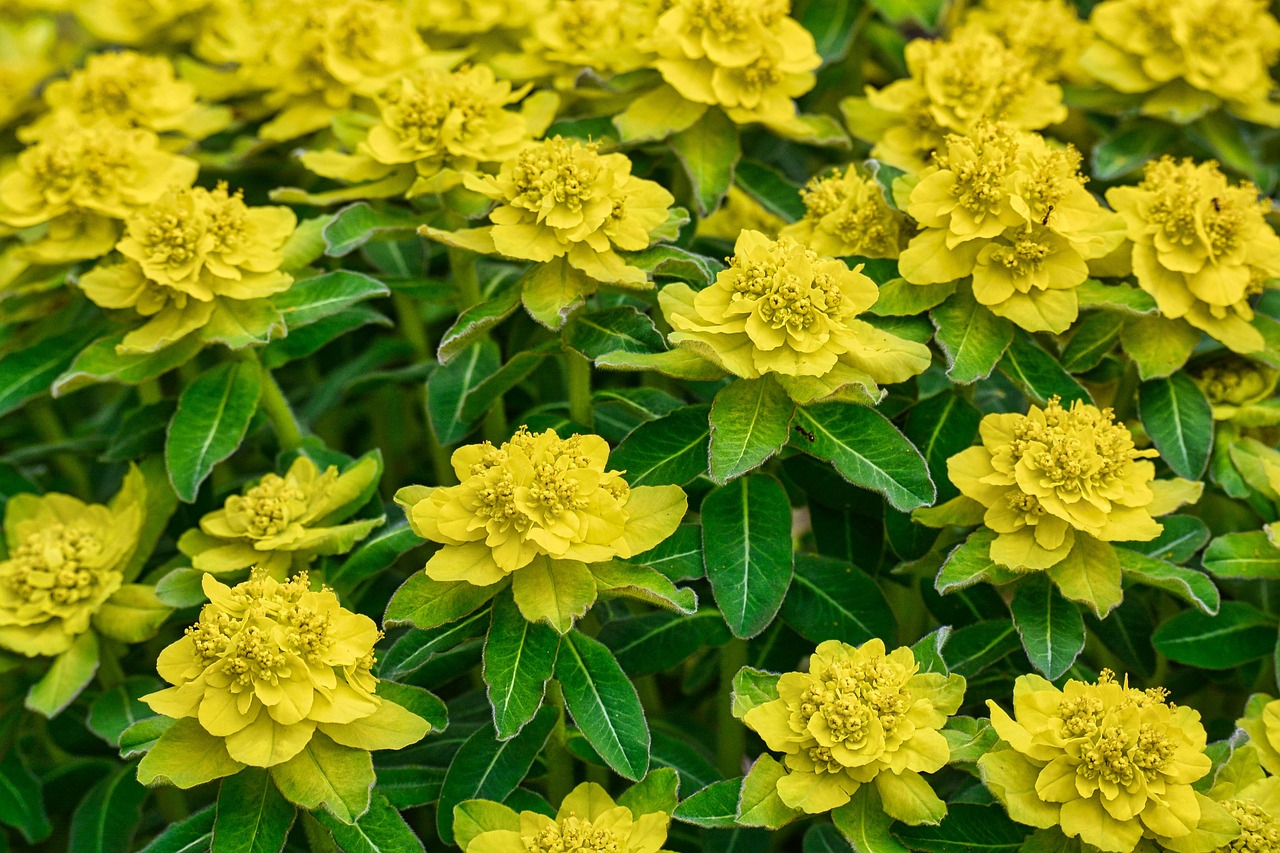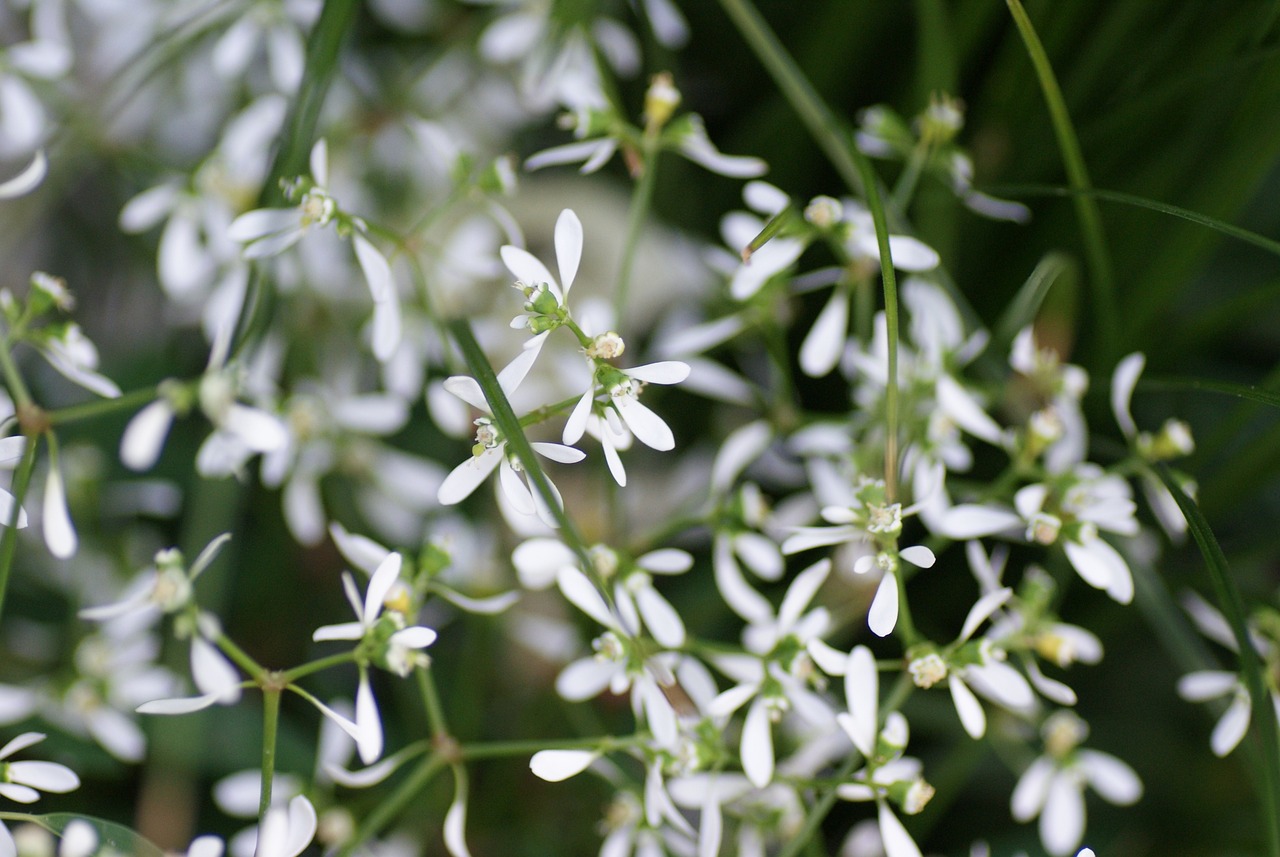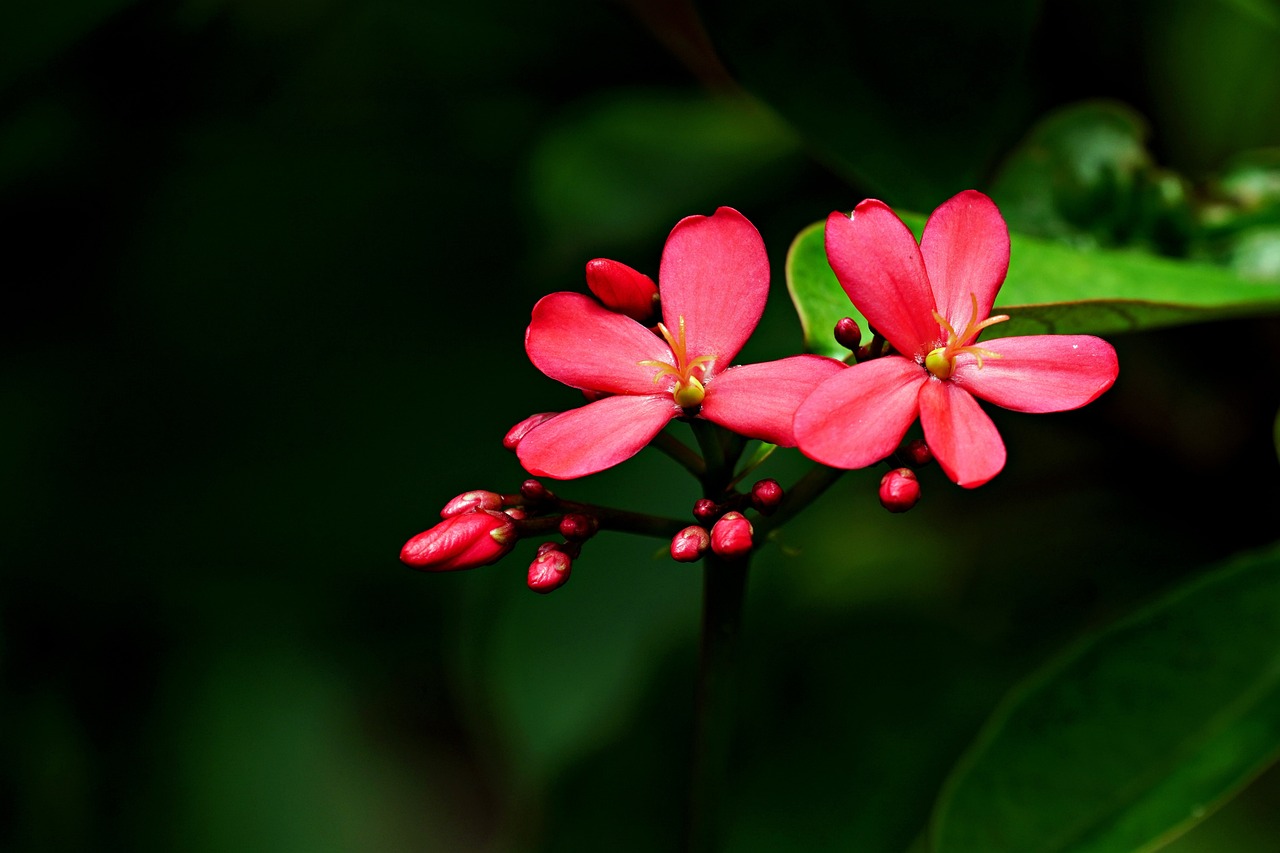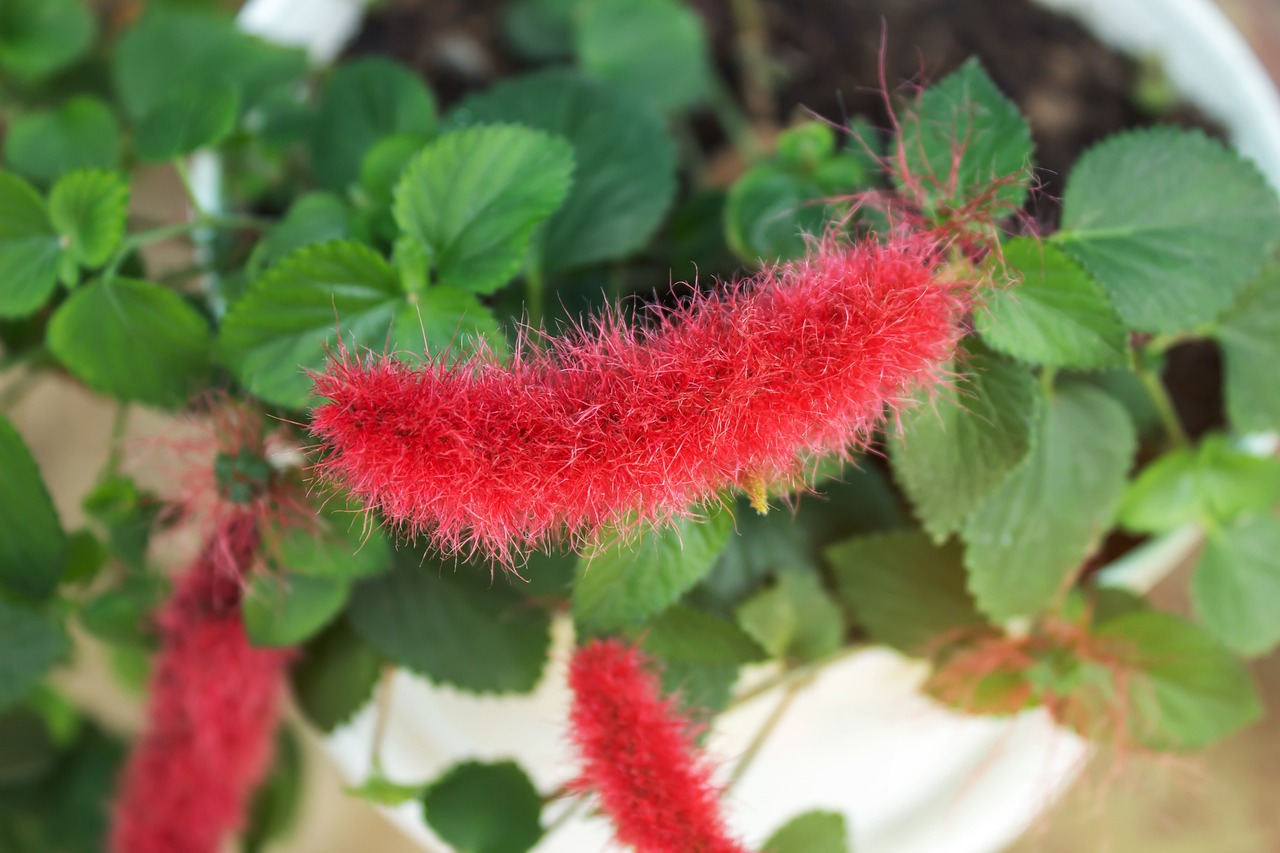Crown of Thorns | Native to Madagascar, a Succulent Flower Thriving in Dry Regions
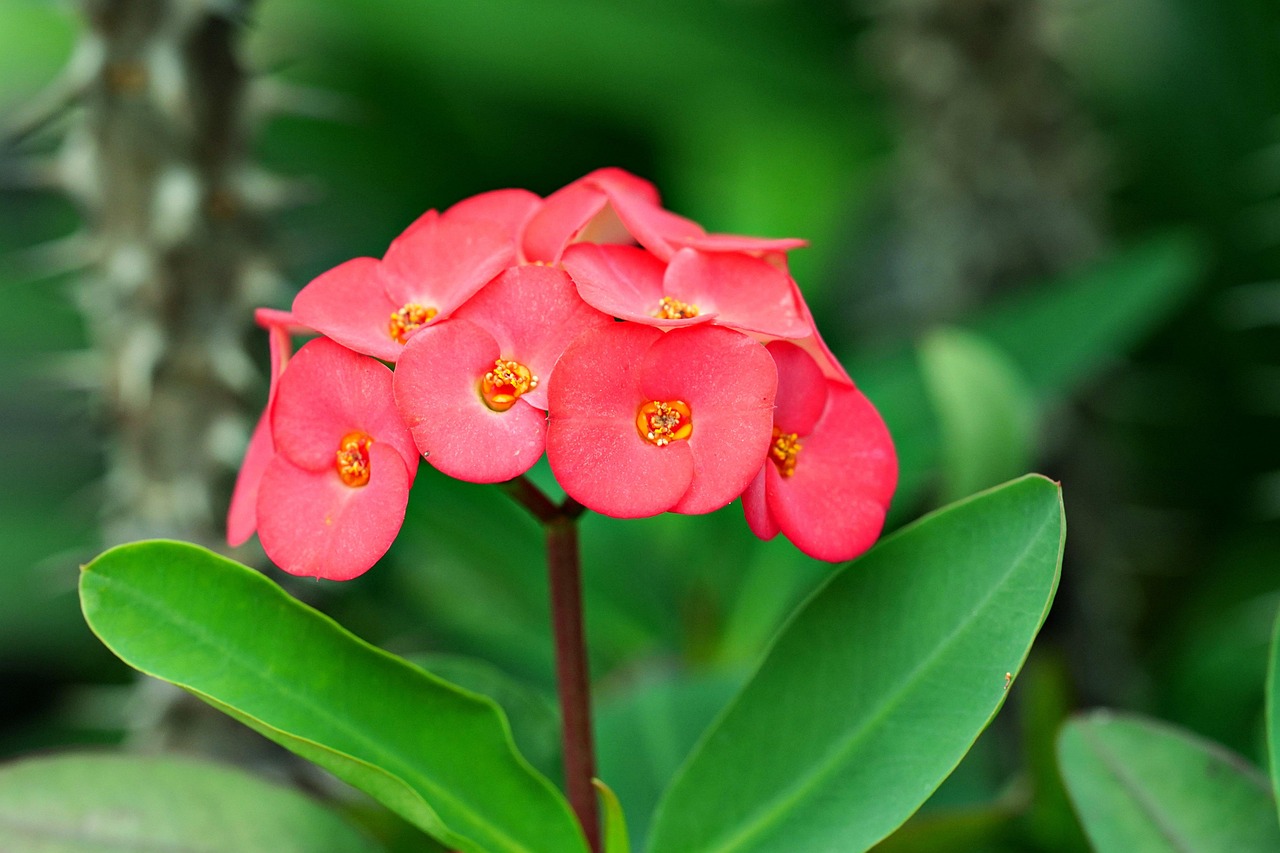
I introduce the Crown of Thorns, a unique plant with slender stems armed with sharp thorns and adorned with small flowers.
Because it is highly resistant to drought and easy to grow in pots or indoors, it is also popular as a houseplant.
In this article, I will provide detailed information on the Crown of Thorns, including its basic characteristics, cultural and historical background, and tips for cultivation.
Basic Information
- Scientific name: Euphorbia milii
- Family: Euphorbiaceae
- Origin: Madagascar
- Appearance: Slender stems with sharp thorns and oval-shaped leaves between them. The parts that look like flowers are actually bracts, which can be red, pink, yellow, or white.
- Blooming season: In warm climates, it often flowers throughout the year, especially from spring to autumn.
Cultural Significance Around the World
The Crown of Thorns, with its distinctive appearance and resilience, has symbolic meanings in many cultures.
In its native Madagascar, its vigorous growth even in arid regions symbolizes vitality, and it has been cherished as a plant representing longevity and prosperity.
In Africa, thorny plants are believed to protect homes from evil, and they are sometimes planted around houses.
In Europe, it is closely associated with Christianity and symbolizes the “Passion of Christ,” as its sharp thorns evoke the crown of thorns placed on Jesus during the crucifixion. For this reason, it has often been planted in monastery and church gardens as a symbol of faith.
In Thailand and China, it is regarded as an auspicious plant believed to bring happiness and success. In Thailand, it is sometimes referred to as a relative of the poinsettia and is used as a New Year’s decoration.
Historical Anecdotes
The Crown of Thorns was introduced from Madagascar to Europe in the early 19th century by French explorers.
It soon became popular as an ornamental plant and was cultivated in botanical gardens in France and England.
Its scientific name, Euphorbia milii, was given in honor of Baron Milius, a French botanist who introduced many Madagascan plants to Europe, including this one.
In the Christian world, its thorns came to symbolize the Passion of Christ, and there are records that it was cultivated in monasteries in the Holy Land during the Crusades.
Gardening Advice
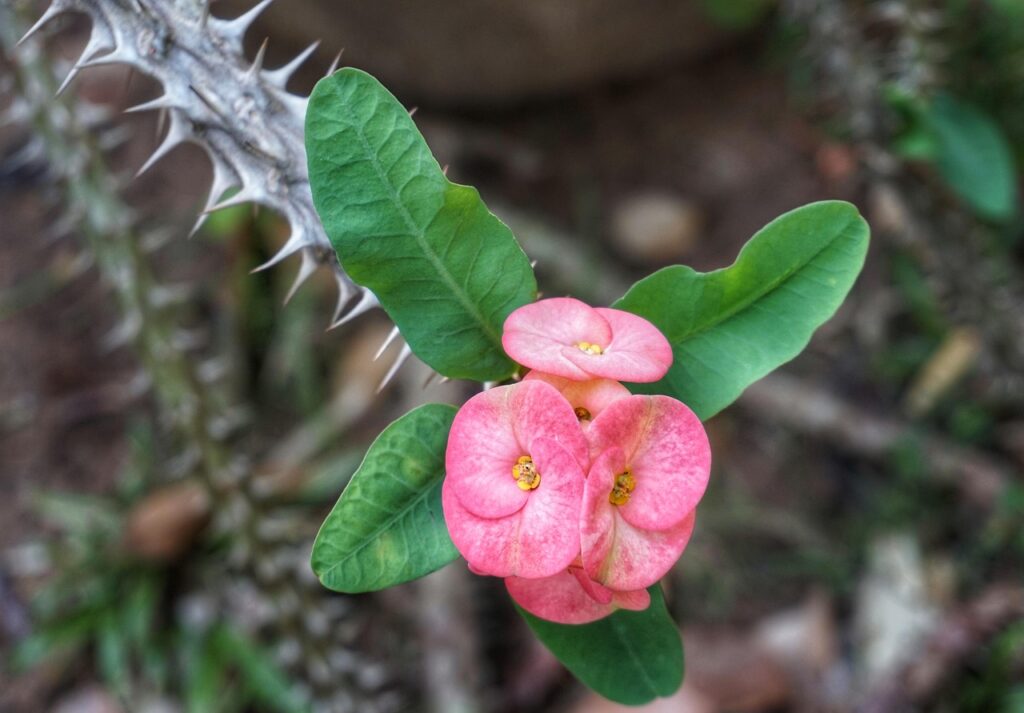
The Crown of Thorns is drought-tolerant and thrives with basic care. Following these points will help you enjoy its beautiful flowers:
Sunlight
Prefers sunny places. Indoors, a south-facing window with plenty of light is suitable.
Watering
Avoid overwatering. Water only after the soil has completely dried, and reduce watering in winter.
Soil
Requires well-drained soil. Succulent soil or sandy soil helps prevent root rot.
Fertilizer
During the growing season (spring to autumn), apply diluted liquid fertilizer once a month. Fertilization should be reduced in winter.
Cold tolerance
Sensitive to cold. Keep indoors in winter, as growth slows below 10°C.
Conclusion
The Crown of Thorns is a unique plant that combines sharp thorns with delicate blossoms, widely appreciated as an ornamental species.
In Madagascar, it symbolizes vitality, while in Europe it carries deep religious meaning, recalling the Passion of Christ.
Since its introduction to Europe in the 19th century, it has been cultivated around the world.


